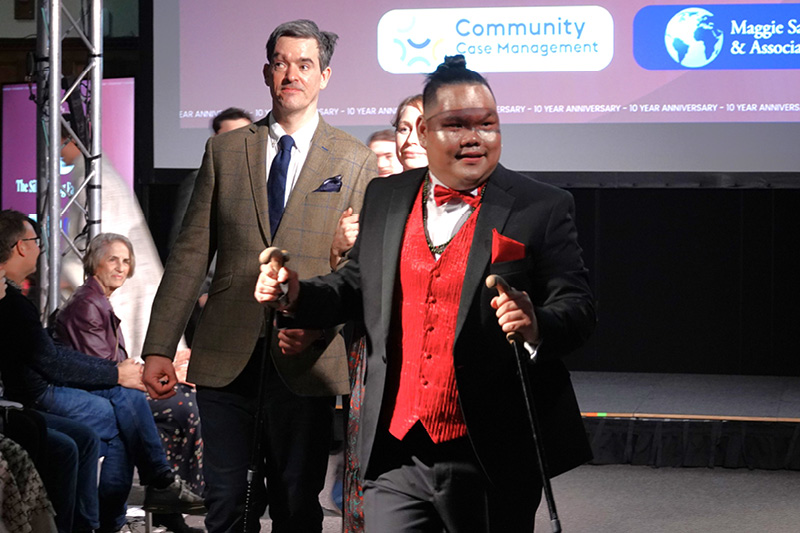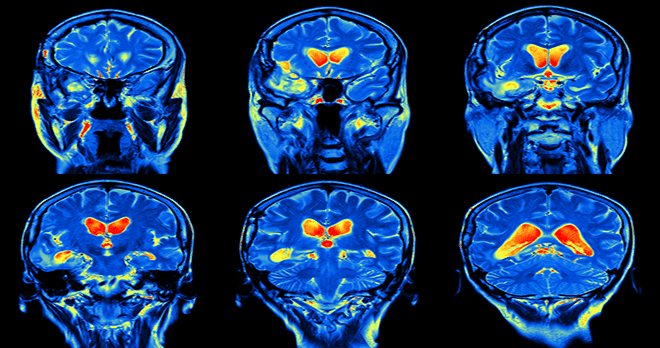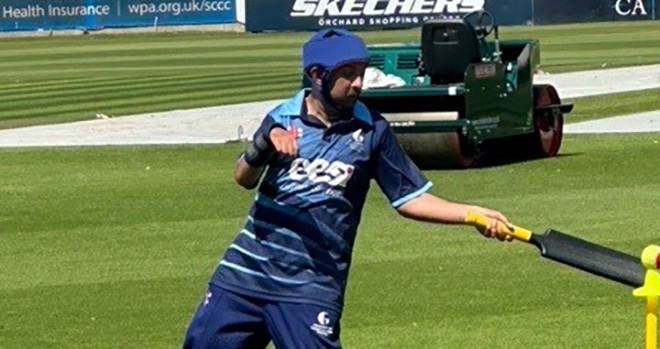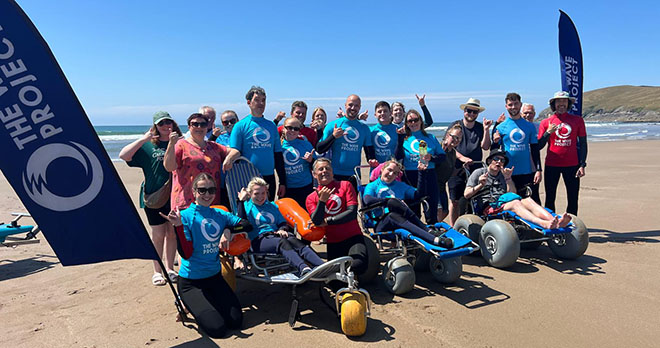Recognising the signs and symptoms of a stroke

Do you know the possible signs and symptoms of a stroke? As specialists in brain injury, we realise the importance of sharing information that helps people get diagnosed and treated quickly. We want to help save lives and limit the impact of what can be a devastating brain injury.
What are the symptoms of a stroke?
A nationally recognised assessment to identify a suspected stroke is known as F.A.S.T.
- Face: Can the person smile? Has their mouth or eye drooped?
- Arm: Can the person raise both arms? Is there a weakness?
- Speech: Can the person speak clearly and understand what you say?
- Time to call 999: if you see any of these signs, don’t delay as swift treatment is important.
These are the key components to ensuring that a prompt diagnosis is made and treatment swiftly follows. Other symptoms which may not be as obvious, but should still ring alarm bells are:
- Sudden confusion
- Visual disturbance or difficulty seeing in one or both eyes
- Trouble walking – Including loss of balance/coordination
- A sudden, severe headache
Is a stroke considered an emergency?
A stroke is a medical emergency, call 999 and get to hospital asap. Some treatment for strokes is time dependent so a 999 call to pre-alert the hospital can help to speed up investigations, diagnosis, and treatment on arrival.
What is the recommended treatment for someone who has suffered a stroke?
The two main types of treatment are thrombolysis or thrombectomy depending on the type of stroke that has occurred. The NICE Guidelines [NG128] provide recommendations about the timing of those treatments. Confirmation of a stroke via CT scanning should be carried out as soon as possible.
Thrombolysis – administering an anticoagulant – should be started as soon as possible within 4.5 hours of onset of stroke symptoms.
Thrombectomy – removing a clot – should be carried out as soon as possible and within 6 hours of the onset of symptoms, but can be up to 24 hours of when the person was last known to be well.
What happens if stroke treatment is delayed?
The consequences of a delay or misdiagnosis of a stroke are severe. Put simply, the longer a stroke is untreated the damage to the brain increases, and the less likely you are to make a full recovery.
The bleed or clot stops the brain being perfused with oxygenated blood. So, without that flow, parts of the brain become oxygen starved (hypoxic) and start to die. If the circulation cannot be reinstated, the damage continues to expand from the site of the stroke, thus affecting increasing parts of the brain. This is why the outcome, or affects of a person’s stroke, are individual depending on which area of the brain is affected – speech, vision, movement, memory, etc. Ultimately, a stroke can be fatal if left undiagnosed and untreated.
What to do if you have concerns over a delay in diagnosis or misdiagnosis of a stoke?
Sadly we do have clients come to us with concerns over a delay or misdiagnosis of their stroke. This can relate to their interactions with the hospital or their GP.
If you think your stroke may have been misdiagnosed or delayed in its diagnosis, or treatment, then you may be able to pursue a clinical negligence claim to recover for any additional injury suffered (over what may have occurred in any event), and the repercussions of that relating to care, loss of earnings, or private therapy.

Over £1 million secured for stroke as a result of negligent hospital care
B was a healthy 27 year old when he was diagnosed with a severe flu virus. He became very ill and was admitted to ITU, and was in such a poor condition that he was transferred to another hospital where a bypass machine was used to help oxygenate his blood for several days, together with blood thinning medication.
Two days after this treatment ended, B opened his eyes but he was not moving all four limbs. These signs of a stoke were not investigated further.
Related services and support
Legal Insight from our team of Brain injury experts
View more articles related to Brain Injury















